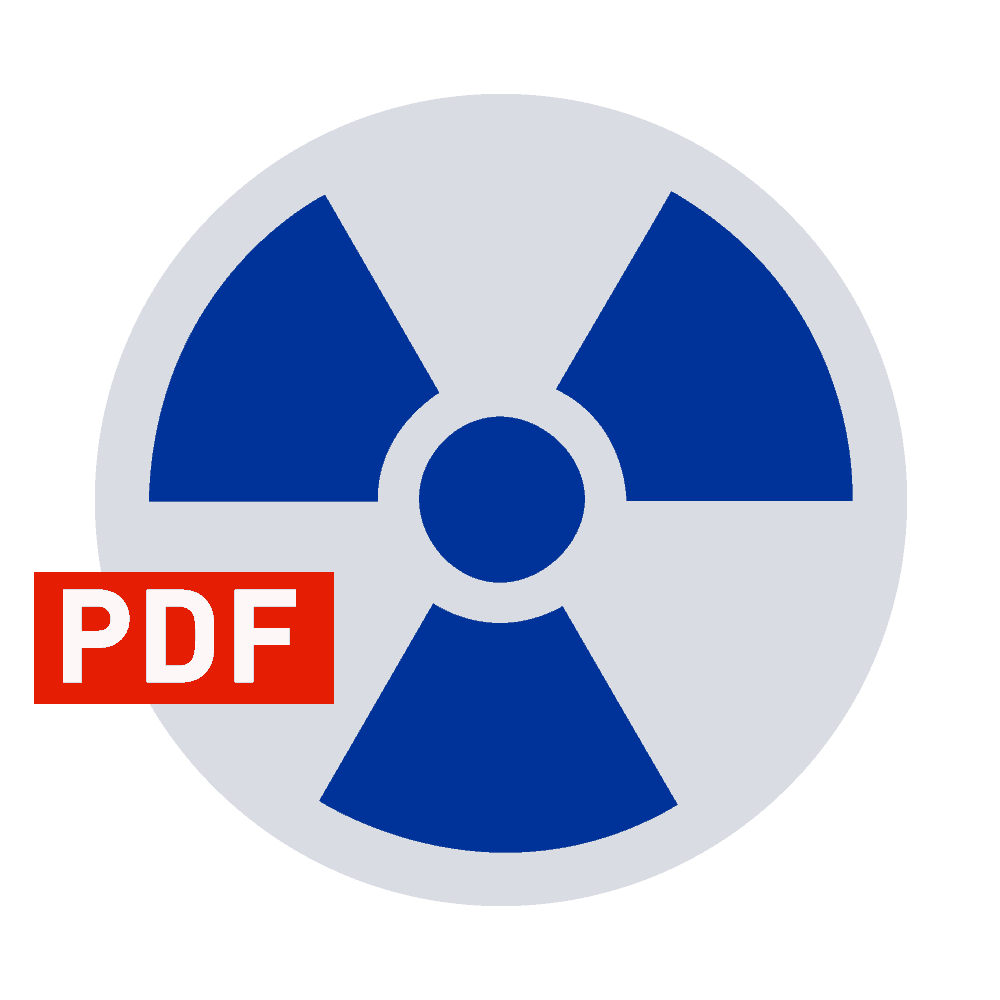HTML to PDF with Java
Web to Print presents many challenges – including Java. PDFreactor converts complex HTML and XML content to PDF. The generated PDF documents can be printed or viewed on the web. This way, you can easily and quickly create PDF documents. The software is delivered as a Java library or as a Web Service. PDFreactor features APIs in a lot of languages including Java. This makes it easy to integrate the system into a large number of environments. You can integrate a PDF converter and viewer directly into your application or website by converting HTML to PDF with PDFreactor in Java. Convince yourself of the simplicity of integration through Java and use the HTML to PDF converter in your Java applications.



